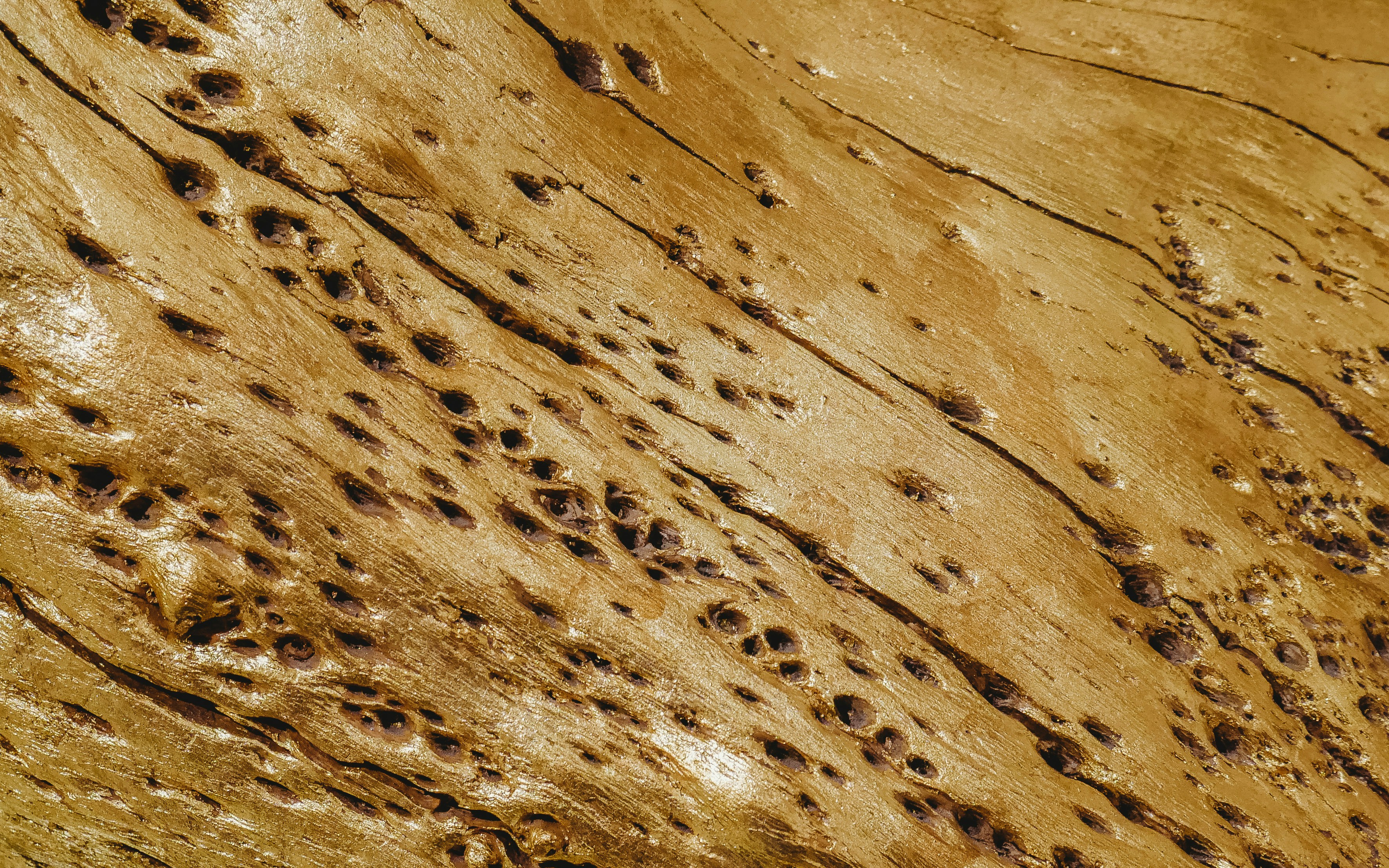Real Estate Tips
Consider a Pest Inspection to Identify Potential Issues Like Termite Damage
When purchasing or maintaining a home, one often overlooked yet crucial step is conducting a pest inspection. Identifying potential issues such as termite damage early can save homeowners significant time, money, and stress. This article explores the importance of pest inspections and how they can protect your investment.
Importance of Pest Inspections
Pest inspections are vital for uncovering hidden issues that can compromise the structural integrity and safety of a home. Termites, in particular, are notorious for their ability to cause extensive damage before any signs become visible to the untrained eye. Other pests, such as rodents, ants, and cockroaches, can also pose significant risks to a property and its inhabitants.
Benefits of a Pest Inspection
Early Detection: A thorough pest inspection can detect the presence of termites and other pests early, preventing minor infestations from escalating into major problems. Early detection allows for timely intervention, minimizing damage and repair costs.
Protecting Structural Integrity: Termites feed on wood and can severely weaken a home’s structure. Identifying termite activity early helps protect the integrity of the property, ensuring it remains safe and sound.
Preventing Health Risks: Some pests carry diseases or allergens that can affect the health of the home's occupants. An inspection can identify these pests, allowing for prompt treatment and reducing health risks.
Informed Decision-Making: For potential homebuyers, a pest inspection provides crucial information about the condition of the property. Knowing about existing or potential pest issues can influence negotiation and decision-making processes.
Peace of Mind: Whether buying a new home or maintaining an existing one, knowing that the property is free from significant pest issues offers peace of mind. It ensures that your home is a safe and healthy environment for you and your family.
What Does a Pest Inspection Involve?
A pest inspection involves a detailed examination of the property by a licensed professional. The inspector will look for signs of pest activity, including:
Visible damage to wood and other materials: This includes holes, tunnels, or sawdust-like material.
Mud tubes and nests: Commonly associated with termites, these are often found in basements, crawl spaces, or exterior walls.
Droppings and shed skins: Indications of rodents or insect infestations.
Live pests: Identifying active infestations of termites, ants, cockroaches, etc.
The inspector will provide a report detailing their findings, including the type and extent of any infestations and recommended treatment options.
How to Address Pest Issues
If a pest inspection reveals issues, it’s essential to act promptly. Treatment options may include:
Chemical Treatments: Applying pesticides to eliminate pests and prevent future infestations.
Physical Barriers: Installing barriers to prevent pests from entering the property.
Repairs: Addressing any damage caused by pests, such as replacing damaged wood or sealing entry points.
Ongoing Maintenance: Regular inspections and treatments to ensure the property remains pest-free.
Conclusion
A pest inspection is a crucial step in protecting your home from potential damage and health risks caused by termites and other pests. By identifying issues early, you can take appropriate measures to safeguard your investment and ensure a safe living environment. Whether you’re buying a new home or maintaining an existing one, consider scheduling a pest inspection to address potential problems before they become significant.




